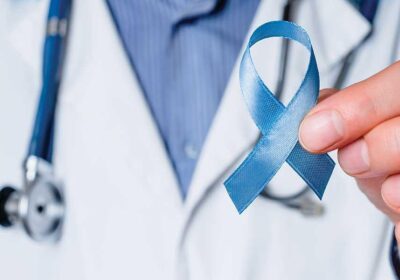
Signs of Sepsis in Children
When children develop an infection, their immune system ramps up to fight off the infectious pathogens, whether it be from a virus, fungus or bacteria. However, sometimes the immune response to an infection can be overactive, which can lead to developing sepsis, a life-threatening condition.
The severe inflammation caused by an overactive immune response can lead to tissue damage and organ failure. Once the organs begin to fail, the body enters a state of septic shock, and the threat of death becomes imminent.
The earlier sepsis is detected and treated in paediatric patients, the greater the chance a child has to make a complete and total recovery.
What are the signs of pediatric sepsis?
Sepsis can be more challenging to detect early in children, but recognising some early signs of sepsis can help interrupt the condition’s development and save lives.
In adults, two common signs of sepsis include low blood pressure and rapid heartbeat. However, children have less cardiac capacity, so these signs don’t present in young children. What may happen is blood pressure dropping much later in the sepsis process.
As sepsis is a secondary condition that develops following an infection, the symptoms can mimic those of the original illness. Some signs of sepsis in children can include:
- Dehydration
- Dizziness
- Fever
- General pain or discomfort
- Lethargy or being “sleepier” than normal
- Nausea and vomiting
Another reason sepsis is difficult to detect in children is that the symptoms can vary according to the individual. Sepsis doesn’t produce the same consistent symptoms across the population, so diagnostic testing is critical to get a proper diagnosis.
Practitioner Development UK offers the following course for medical professionals that can boost your knowledge of the signs and symptoms of sepsis in paediatric patients.
The P62 deteriorating child course programme has been designed to aid medical professionals at all levels involved with managing paediatric patients across emergency, urgent, acute and primary care settings.
The course is aimed at helping nurses, health visitors, nurse practitioners, paediatric nurses, paramedics, and allied health professionals better understand the anatomy, physiology and pathophysiology of paediatric patients.
The programme content will provide medical professionals with the tools they need to apply a structured patient assessment to identify and aid patients at the most risk of developing sepsis. Participants will learn to look for early signs of sepsis in children to enable them to act quickly when they notice an infection in the patient that is not improving. The earlier symptoms can be detected and treated, the greater the chances are that septic shock can be avoided.
Participating in the course will enable you to:
- Apply the NICE guidelines’ traffic light system.
- Describe and differentiate between the factors and pathways which make paediatric patients at high risk for decompensation.
- Describe how, when those compensatory mechanisms fail, they do so rapidly, catastrophically and irreversibly.
- Describe the anatomical and physiological differences between paediatric and older patients.
- Evaluate and select appropriate care pathways for paediatric patients.
- Identify critical factors in pregnancy, delivery, childbirth and neonatal history that may impact paediatric risk.
- Outline the unique considerations when assessing paediatric patients, including history taking, secondary assessment and reassessment.
- Recognise the unique pathophysiology underpinning paediatric compensatory mechanisms.
- Undertake a safe assessment of a paediatric patient incorporating red flag recognition.
The course runs for one day and is to be held online. Booking early is recommended to secure your place on this course as this is a popular programme and participant numbers are limited.
















